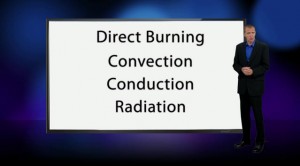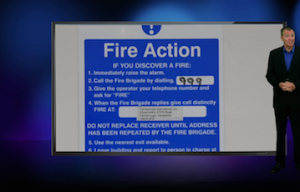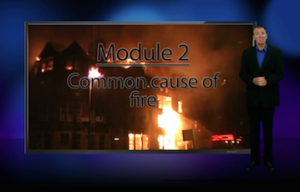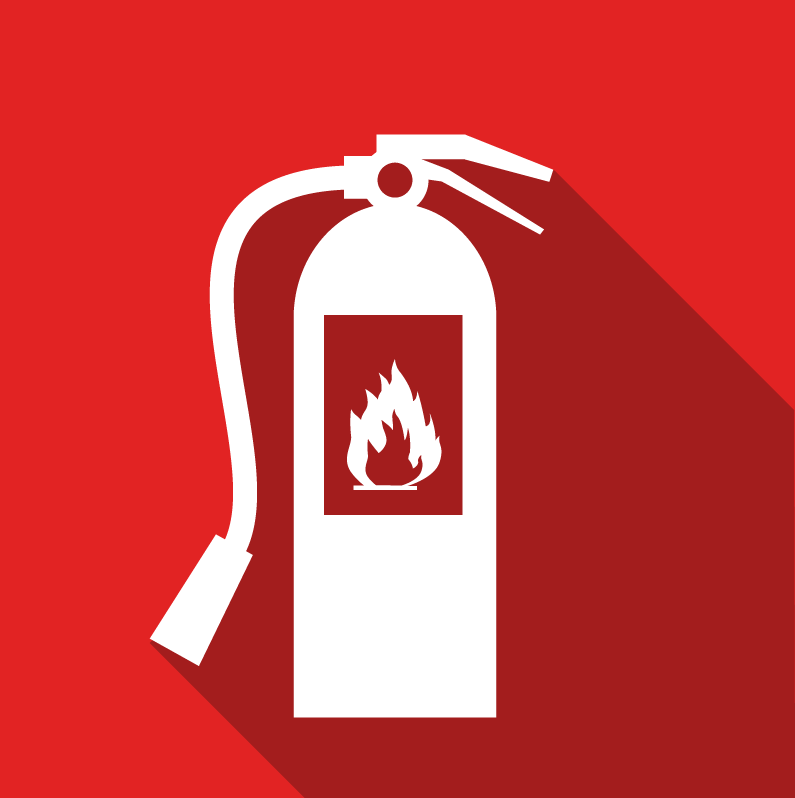 Fire Extinguisher
Fire Extinguisher
Different types of material require different types or levels of heat in order to combust. One must be knowledgeable regarding the different kinds of fire for him to be able to successfully extinguish it, to prevent it from spreading or to avoid electrocution. Nonetheless, there are also different classifications special of fire extinguishers; for paper, textiles, wood, plastics and rubber, for flammable liquids, for combustible gases, for electrically energized equipment, and for cooking oils or fats. As each has different functions, it is important for a fire marshal or any civilian to be properly oriented about it to avoid further damage.
Details
Product Description
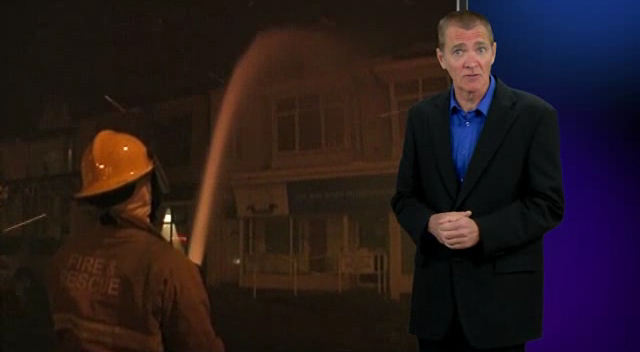
Here are some samples of fire extinguishers that you should know:
- Water and Foam – which extinguish fire through taking away the heat of a fire triangle. The foam agents also separate the oxygen element from the other chemical elements. These extinguishers must ONLY be used in class A fires since if it is used on weaker versions of fire, it may spread the flammable liquid or could create a strong shock hazard.
- Carbon Dioxide – they extinguish fire also by taking away the oxygen element of a fire triangle and removes the heat through the cold discharge it emits. This is for class B and C fires and is usually ineffictive on class A fires.
- Dry Chemical – they extinguish the fire through stopping the chemical reaction of a fire triangle. This is the most commonly used type of fire extinguisher and effective on all types of fire. This interruption of chemical reaction is caused by creating a barrier between the oxygen and the fuel on class A kind of fires. For ordinary dry chemicals, it would not be effective on class A fires.
- and more that you will learn on the training course.
This course will provide knowledge on how to use these different types of fire extinguishers to different types of fire and the protocol to be used to tackle fire.
Module List
| No. | Module Name | Pass % |
|---|---|---|
| 1 | Fire Extinguisher | 70 |
| 2 | Pre Engagement Action | 70 |
| 3 | Using a Fire Extinguisher | 100 |
Browser : Chrome 20+, Firefox 28+, Internet Explorer 9, Safari for Mac 5+
Video : Up-to-date video drivers
Memory : 1Gb+ RAM
Related Courses
You may be interested in…
A fire marshal possesses the basic knowledge and the extent of fire, fire prevention, and fire safety. They know how to handle emergent situations that are related to fire outbreaks. As a fire marshal, one has to have the competency, ability, and initiative when such emergency takes place.
If there is smoke, there is fire. This course covers the nuts and bolts of fire and how to prevent it.
This training course caters for the needs of all employees to help them mitigate the risks around where fire may start in their workplace.

